Indoor Succulent Garden Beginners, listen up! Have you ever dreamed of bringing the serene beauty of the desert indoors, but felt intimidated by the thought of keeping those prickly plants alive? I get it! Many people think succulents are difficult, but I’m here to tell you that creating a thriving indoor succulent garden is easier than you think, even if you’re a complete beginner.
For centuries, succulents have been cherished for their resilience and unique forms. From the ancient Egyptians who used aloe vera for medicinal purposes to the modern-day enthusiasts who admire their architectural beauty, these plants have a rich history. But beyond their historical significance, succulents offer a practical solution for modern living. They’re low-maintenance, drought-tolerant, and can purify the air in your home.
In this DIY guide, I’m going to share my top tips and tricks for creating a stunning indoor succulent garden beginners can easily manage. We’ll cover everything from choosing the right containers and soil to providing the perfect amount of light and water. Say goodbye to plant parenthood anxiety and hello to a vibrant, thriving indoor oasis! Let’s get our hands dirty and create something beautiful together!
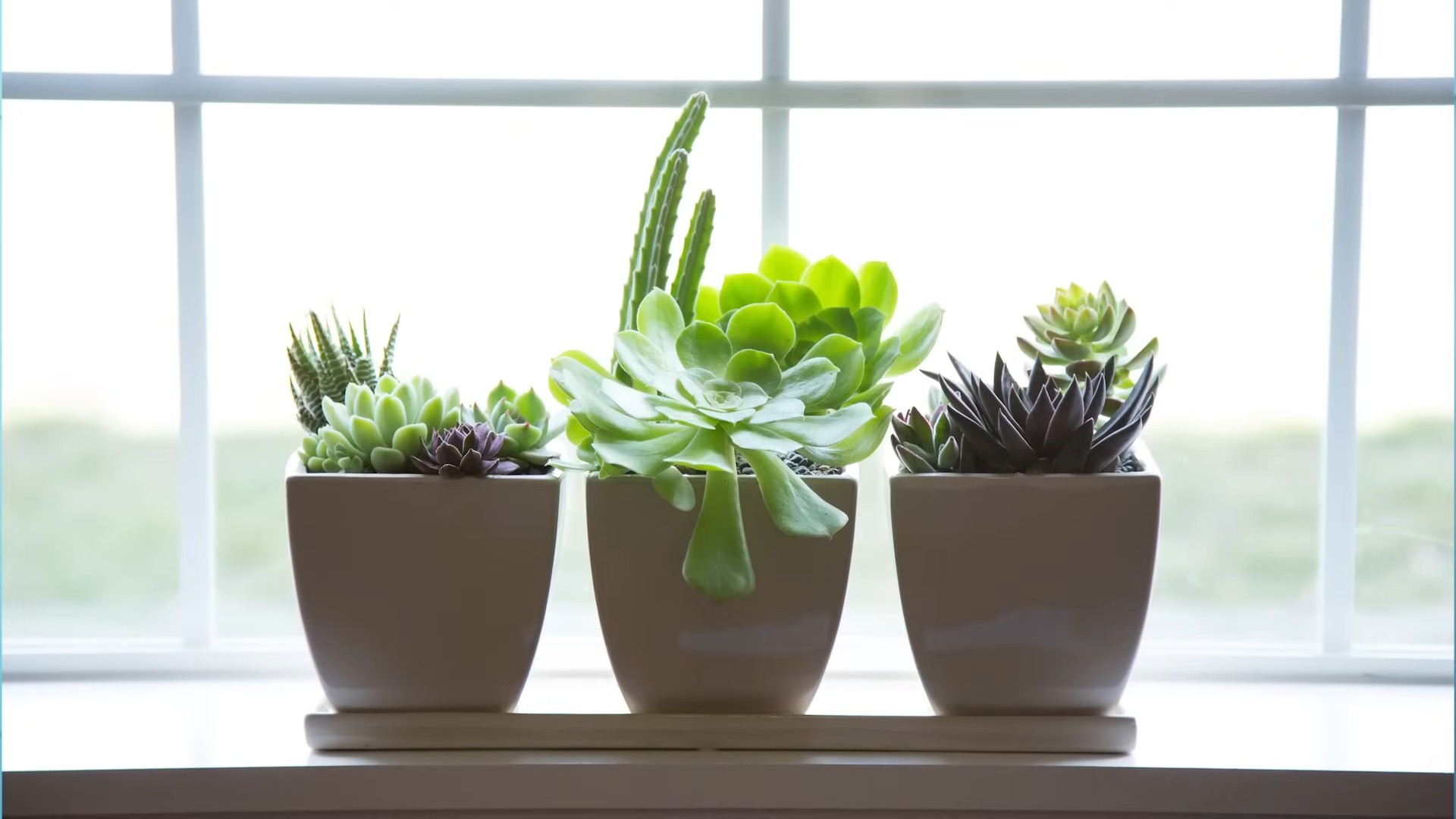
Creating Your Own Thriving Indoor Succulent Garden: A Beginner’s Guide
Hey there, plant lover! Ready to bring some desert vibes into your home? Succulents are fantastic for beginners because they’re relatively low-maintenance and come in a dazzling array of shapes, sizes, and colors. I’m going to walk you through creating your very own indoor succulent garden, step-by-step. Trust me, it’s easier than you think, and the results are totally worth it!
Choosing Your Succulents and Container
Before we get our hands dirty, let’s talk about the stars of the show: the succulents themselves! And, of course, where they’ll be living.
* Variety is the Spice of Life: Don’t be afraid to mix and match! Different textures, colors, and heights will make your garden visually appealing. Consider things like Echeverias (rosette-shaped), Sedums (trailing or upright), Haworthias (zebra-striped), and Aloes (architectural).
* Consider Mature Size: Pay attention to how big your succulents will eventually get. You don’t want to overcrowd your container too quickly. Read the plant labels!
* Light Requirements: Most succulents need bright, indirect light. Some can tolerate direct sunlight, but it’s best to err on the side of caution, especially indoors.
* Drainage is Key: This is the most important factor! Succulents hate sitting in soggy soil. Make sure your container has drainage holes. If it doesn’t, you’ll need to add a thick layer of drainage material (like gravel or pebbles) at the bottom, but even then, drainage holes are preferable.
* Container Size and Material: Choose a container that’s large enough to accommodate your succulents and their root systems. Terracotta pots are excellent because they’re porous and allow the soil to dry out quickly. Ceramic, plastic, or even repurposed containers (like teacups or bowls) can work too, as long as they have drainage.
Gathering Your Supplies
Okay, now that we’ve got our succulents and container picked out, let’s gather everything else we’ll need.
* Succulent Potting Mix: Regular potting soil holds too much moisture for succulents. You need a well-draining mix specifically formulated for cacti and succulents. You can buy pre-made mixes or create your own by combining regular potting soil with perlite and coarse sand.
* Gravel or Pebbles (for Drainage): If your container doesn’t have drainage holes, you’ll need a layer of gravel or pebbles at the bottom.
* Top Dressing (Optional): This is a layer of decorative gravel, pebbles, or sand that you put on top of the soil. It helps to retain moisture, prevent soil erosion, and adds a polished look to your garden.
* Gardening Gloves: Protect your hands from prickly succulents and soil.
* Trowel or Small Shovel: For scooping and moving soil.
* Watering Can or Spray Bottle: For watering your succulents.
* Small Brush: To clean off any dirt from the leaves of your succulents.
Planting Your Succulent Garden: Step-by-Step
Alright, let’s get planting! This is the fun part.
1. Prepare Your Container: If your container doesn’t have drainage holes, add a 1-2 inch layer of gravel or pebbles to the bottom. This will help to improve drainage and prevent root rot.
2. Add Potting Mix: Fill your container with succulent potting mix, leaving about an inch of space at the top. Don’t pack the soil down too tightly.
3. Arrange Your Succulents: Before you start planting, arrange your succulents on top of the soil to get an idea of how you want them to look. Consider the height, color, and texture of each succulent. Taller succulents should generally go in the back, while shorter ones can go in the front.
4. Plant Your Succulents: Gently remove each succulent from its nursery pot. Loosen the roots slightly with your fingers. Dig a small hole in the potting mix and place the succulent in the hole. Make sure the top of the root ball is level with the surface of the soil. Fill in the hole with potting mix and gently press down around the base of the succulent.
5. Water Sparingly: After planting, water your succulents lightly. You don’t want to soak the soil, just moisten it. Overwatering is the biggest killer of succulents.
6. Add Top Dressing (Optional): If you’re using a top dressing, spread it evenly over the surface of the soil. This will help to retain moisture, prevent soil erosion, and add a decorative touch.
7. Clean Up: Use a small brush to clean off any dirt from the leaves of your succulents.
Caring for Your Indoor Succulent Garden
Now that your succulent garden is planted, it’s time to learn how to care for it. Luckily, succulents are pretty low-maintenance, but there are a few things you need to keep in mind.
* Light: Succulents need bright, indirect light. Place your garden near a sunny window, but avoid direct sunlight, especially during the hottest part of the day. If your succulents aren’t getting enough light, they may become leggy (stretched out) and lose their color. If this happens, try moving them to a brighter location or supplementing with a grow light.
* Watering: This is where most people go wrong! Succulents store water in their leaves and stems, so they don’t need to be watered very often. The best way to water succulents is to wait until the soil is completely dry before watering again. When you do water, water thoroughly, until water drains out of the drainage holes. Then, let the soil dry out completely before watering again. During the winter months, when succulents are dormant, you’ll need to water them even less frequently.
* Soil: As mentioned before, well-draining soil is crucial. Regular potting soil will retain too much moisture and can lead to root rot. Use a succulent potting mix or create your own by combining regular potting soil with perlite and coarse sand.
* Temperature: Succulents prefer temperatures between 60°F and 80°F. Avoid placing them near drafts or heating vents.
* Fertilizing: Succulents don’t need a lot of fertilizer. You can fertilize them once or twice a year with a diluted succulent fertilizer.
* Pests: Succulents are generally pest-resistant, but they can occasionally be affected by mealybugs or aphids. If you notice any pests, you can treat them with insecticidal soap or neem oil.
* Repotting: As your succulents grow, they may eventually outgrow their container. When this happens, you’ll need to repot them into a larger container. Choose a container that’s only slightly larger than the current one. Repotting is best done in the spring or summer.
Troubleshooting Common Succulent Problems
Even with the best care, you might encounter a few problems along the way. Here’s how to troubleshoot some common issues:
* Yellowing Leaves: This is often a sign of overwatering. Let the soil dry out completely before watering again.
* Drooping Leaves: This can be a sign of either overwatering or underwatering. Check the soil to see if it’s dry or soggy.
* Leggy Growth: This is a sign of insufficient light. Move your succulents to a brighter location or supplement with a grow light.
* Brown Spots: This can be caused by sunburn or fungal infections. Avoid direct sunlight and ensure good air circulation.
* Root Rot: This is a serious problem that can kill your succulents. It’s caused by overwatering and poor drainage. If you suspect root rot, remove the affected succulents from the container and trim away any rotten roots. Repot them in fresh, well-draining soil.
Propagating Your Succulents
One of the coolest things about succulents is that they’re incredibly easy to propagate! This means you can create new succulents from leaves or cuttings. Here’s how:
* Leaf Propagation: Gently twist or cut a leaf from the stem of a healthy succulent. Let the leaf callous over for a few days (this prevents rot). Place the leaf on top of a well-draining potting mix. Mist the soil lightly every few days. Eventually, roots and a tiny new plant will start to grow from the base of the leaf. Once the new plant is established, you can pot it up into its own container.
* Cutting Propagation: Cut a stem from a healthy succulent. Let the cutting callous over for a few days. Plant the cutting in a well-draining potting mix. Water sparingly until roots develop.
Choosing the Right Top Dressing
The top dressing isn’t just for looks; it can also help with drainage and moisture retention. Here are a few options:
* Gravel: A classic choice that provides excellent drainage.
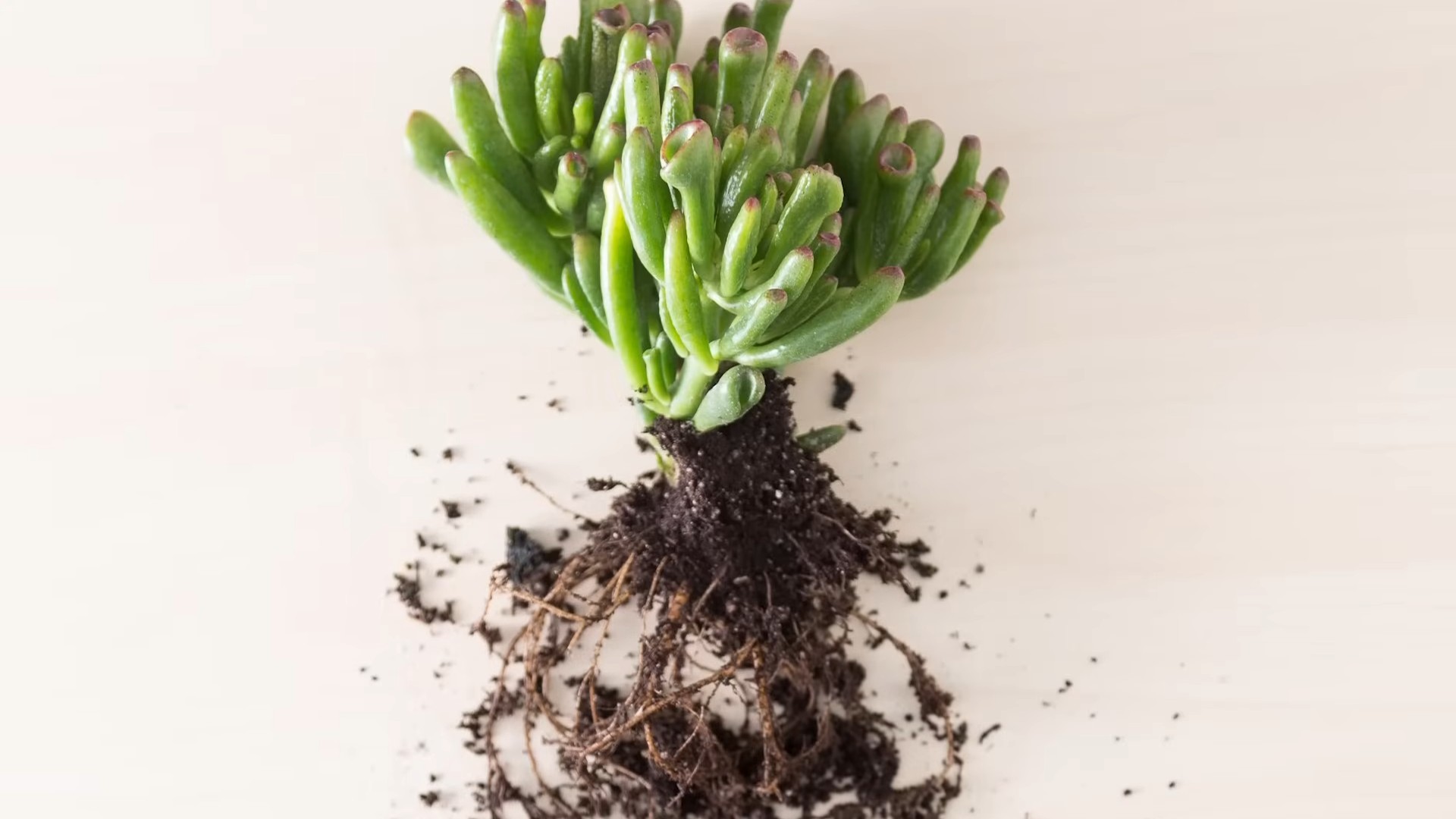
Conclusion
So, there you have it! Creating your own indoor succulent garden is not only surprisingly simple, but it’s also incredibly rewarding. We’ve walked you through the essential steps, from selecting the right succulents and containers to mastering the art of watering and providing adequate light. The beauty of this DIY project lies in its adaptability. You’re not confined to a specific aesthetic or a rigid set of rules. This is your chance to unleash your creativity and design a miniature desert oasis that reflects your personal style.
Why is this a must-try? Because an indoor succulent garden brings a touch of nature’s tranquility into your home, purifies the air, and adds a unique decorative element that’s both low-maintenance and visually stunning. Forget about constantly fussing over delicate flowers or worrying about daily watering schedules. Succulents are resilient, forgiving, and thrive on neglect, making them the perfect choice for busy individuals or those who are new to gardening.
But the benefits extend beyond mere convenience. Nurturing your own succulent garden can be a therapeutic and meditative experience. The simple act of tending to these plants, observing their growth, and creating a harmonious arrangement can be incredibly calming and grounding. Plus, it’s a fantastic way to connect with nature, even when you’re indoors.
Looking for variations? Consider creating a themed garden. Perhaps a zen garden with carefully placed rocks and minimalist succulents, or a vibrant, colorful garden with a mix of flowering and non-flowering varieties. You could also experiment with different types of containers, from rustic terracotta pots to sleek, modern ceramic bowls. Vertical succulent gardens are another fantastic option, especially if you’re short on space. Use a repurposed pallet or a specially designed vertical planter to create a living wall of succulents.
Another fun variation is to incorporate different types of soil or top dressings. Adding a layer of decorative gravel, pebbles, or even colored sand can enhance the visual appeal of your garden and provide additional drainage. You can also experiment with different types of succulent arrangements, such as creating a miniature landscape with varying heights and textures.
Don’t be afraid to get creative and personalize your indoor succulent garden to your liking. The possibilities are endless!
We wholeheartedly encourage you to embark on this DIY adventure. Gather your supplies, choose your succulents, and let your imagination run wild. Once you’ve created your own indoor succulent garden, we’d love to hear about your experience! Share your photos, tips, and challenges in the comments below. Let’s build a community of succulent enthusiasts and inspire each other with our creative creations. Happy gardening!
Frequently Asked Questions (FAQ)
What are the best succulents for beginners?
Choosing the right succulents is crucial for success, especially if you’re new to indoor gardening. Some of the most beginner-friendly succulents include:
* **Echeveria:** These rosette-shaped succulents come in a variety of colors and are relatively easy to care for. They prefer bright, indirect light and well-draining soil.
* **Sedum:** Also known as stonecrops, sedums are incredibly resilient and drought-tolerant. They come in a wide range of shapes, sizes, and colors, making them a versatile choice for any garden.
* **Haworthia:** These small, slow-growing succulents are perfect for indoor environments. They prefer bright, indirect light and can tolerate low-light conditions.
* **Aloe:** While some aloe varieties can get quite large, there are also many smaller, more manageable options that are perfect for indoor gardens. Aloe vera is a popular choice for its medicinal properties.
* **Crassula:** This genus includes popular succulents like the jade plant, which is known for its longevity and easy care. Crassulas prefer bright, indirect light and well-draining soil.
How often should I water my indoor succulent garden?
Overwatering is the most common mistake people make when caring for succulents. These plants are adapted to dry environments and can store water in their leaves and stems. As a general rule, you should only water your succulents when the soil is completely dry to the touch.
To check the soil moisture, insert your finger about an inch into the soil. If it feels dry, it’s time to water. When you do water, water thoroughly until the water drains out of the bottom of the pot. Then, allow the soil to dry out completely before watering again.
The frequency of watering will depend on several factors, including the type of succulent, the size of the pot, the type of soil, and the amount of light the plant receives. In general, you’ll need to water more frequently during the growing season (spring and summer) and less frequently during the dormant season (fall and winter).
What kind of soil should I use for my indoor succulent garden?
Succulents need well-draining soil to prevent root rot. Regular potting soil is too dense and retains too much moisture, which can be detrimental to succulents. The best soil for succulents is a well-draining mix that contains ingredients like:
* **Coarse sand:** Sand helps to improve drainage and aeration.
* **Perlite:** Perlite is a volcanic glass that helps to improve drainage and aeration.
* **Pumice:** Pumice is another volcanic rock that helps to improve drainage and aeration.
* **Coco coir:** Coco coir is a sustainable alternative to peat moss that helps to retain moisture while still providing good drainage.
You can purchase pre-made succulent and cactus potting mixes at most garden centers. Alternatively, you can make your own mix by combining equal parts of potting soil, coarse sand, and perlite or pumice.
How much light do succulents need?
Succulents need plenty of light to thrive. Most succulents prefer bright, indirect light, but some can tolerate direct sunlight. If your succulents are not getting enough light, they may become leggy (stretched out) or lose their color.
If you’re growing succulents indoors, place them near a sunny window that receives at least six hours of sunlight per day. If you don’t have a sunny window, you can supplement with artificial light. Grow lights are a great option for providing succulents with the light they need.
How do I propagate succulents?
Propagating succulents is a fun and easy way to expand your collection. There are several ways to propagate succulents, including:
* **Leaf cuttings:** This is the most common method of propagating succulents. Simply remove a healthy leaf from the plant and allow it to callous over for a few days. Then, place the leaf on top of well-draining soil and mist it lightly with water. Roots and new plantlets will eventually emerge from the base of the leaf.
* **Stem cuttings:** This method is similar to leaf cuttings, but you’ll be using a stem cutting instead of a leaf. Cut a stem from the plant and allow it to callous over for a few days. Then, plant the stem cutting in well-draining soil and water it lightly.
* **Offsets:** Some succulents produce offsets, which are small plantlets that grow from the base of the mother plant. Once the offsets have developed their own roots, you can carefully separate them from the mother plant and pot them up in their own containers.
What are common problems with indoor succulent gardens and how do I fix them?
Even with proper care, you might encounter some common problems with your indoor succulent garden. Here’s how to address them:
* **Root rot:** This is caused by overwatering. Signs include mushy, brown leaves and a foul odor. To fix it, remove the affected plant, trim away any rotten roots, and repot it in fresh, well-draining soil. Water sparingly.
* **Leggy growth:** This indicates insufficient light. Move your succulents to a brighter location or supplement with artificial light.
* **Pests:** Mealybugs, aphids, and spider mites can sometimes infest succulents. Treat infestations with insecticidal soap or neem oil.
* **Sunburn:** Too much direct sunlight can scorch succulent leaves. Move your plants to a location with filtered light.
Can I use tap water to water my succulents?
While tap water is generally safe for succulents, it can contain minerals and chemicals that can build up in the soil over time and harm your plants. If your tap water is hard or contains high levels of chlorine, it’s best to use filtered water, rainwater, or distilled water to water your succulents.
How do I choose the right container for my indoor succulent garden?
The most important factor to consider when choosing a container for your indoor succulent garden is drainage. The container must have drainage holes to allow excess water to escape. Without drainage holes, the soil will become waterlogged, which can lead to root rot.
You can use a variety of materials for your containers, including terracotta, ceramic, plastic, and glass. Terracotta pots are a popular choice because they are porous and allow the soil to dry out quickly. Ceramic pots are also a good option, but they tend to retain more moisture than terracotta pots. Plastic pots are lightweight and inexpensive, but they can also retain more moisture. Glass containers are not ideal for succulents because they don’t provide adequate drainage or aeration.
The size of the container will depend on the size of your succulents. Choose a container that is slightly larger than the root ball of the plant.
How do I fertilize my indoor succulent garden?
Succulents don’t need a lot of fertilizer. In


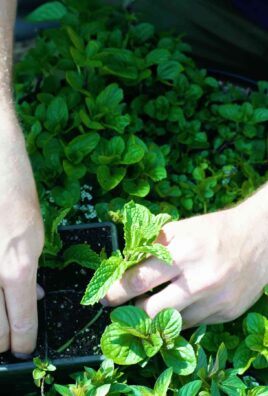
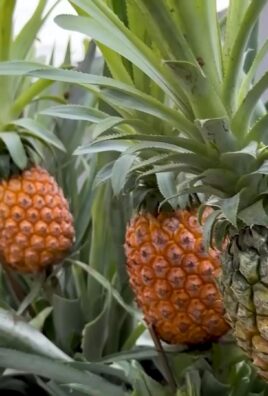
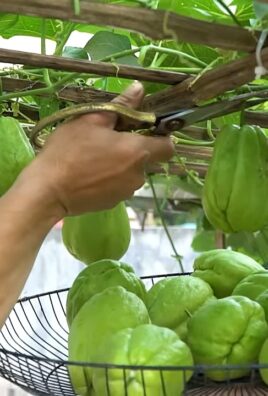
Leave a Comment